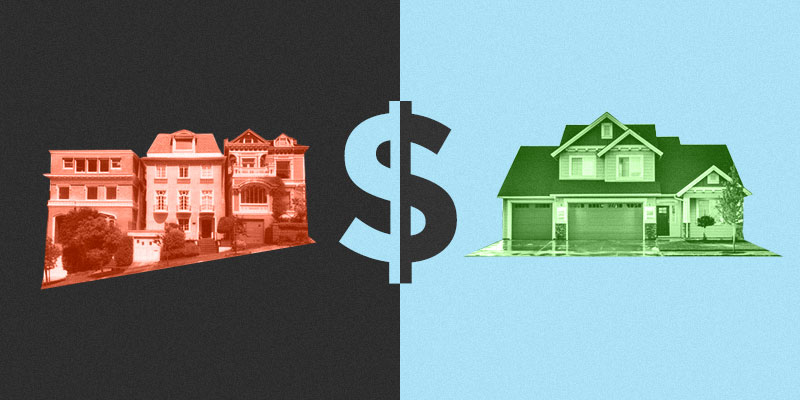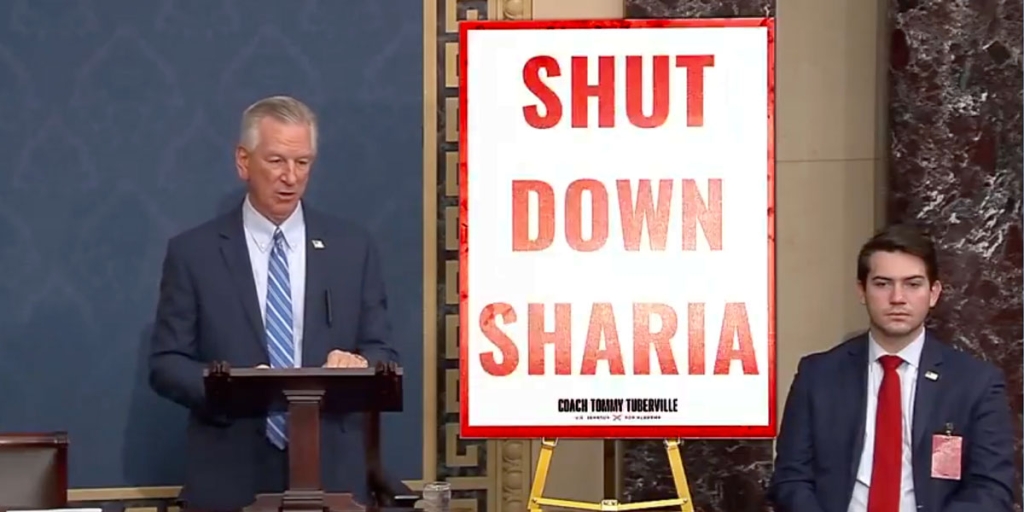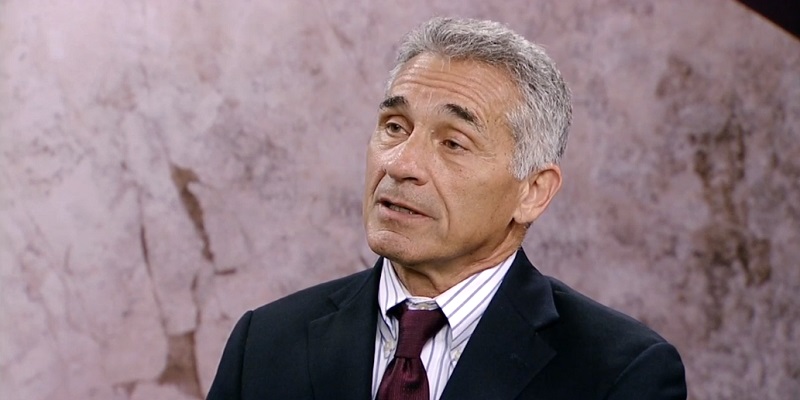The state legislature gave Alabama’s public school teachers a 4 percent raise this year. Relaxing zoning and land use laws in America’s most productive cities could give us all a similar raise. Zoning illustrates the costs of a permission-based economy.
How do land use regulations in New York or San Francisco affect America? Businesses with new products or new technology can create value for our economy but need to hire workers. While virtual offices are now a possibility, workers still generally need to be on the premises.
A growing economy needs people to move to new jobs. The auto industry’s growth in the 20th Century illustrates this. Thousands of families moved to Michigan from states as far away as Alabama and Mississippi. The good paying jobs lifted these families into the middle class, and the workers helped the industry reach its full potential.
The families that moved to the jobs were better off, while affordable cars improved life for Americans. The migration also benefitted those who stayed behind. The departure of some workers to Michigan increased wages for the people remaining in Alabama or Kentucky.
Yet people can move to jobs only if housing is available where industry is thriving. Michigan built homes and apartments to accommodate new workers. Over the past 40 years, zoning and land use regulations have largely choked off building in East and West coast cities with thriving industries like finance and high tech. As Harvard University economist Edward Glaeser puts it, the “most productive parts of America [have] stopped adding population” due to regulatory barriers.
Productive industries will pay high salaries to attract people to their jobs. Economic theory tells us that with residential construction limited, house prices and rents will rise to offset high salaries. People choose not to move to the high paying jobs because of high housing costs. Thriving businesses cannot hire all the needed workers, making our economy poorer.
How much poorer? Economists Chang-Tai Hsieh and Enrico Moretti offer an estimate. To do so they use estimates of available land and the stringency of regulatory barriers on construction in 220 U.S. metro areas. They particularly focus on New York, San Francisco, and San Jose. Between 1964 and 2009, productivity increased dramatically in these cities, indicating the potential to add high paying jobs, and salaries rose. Employment, however, did not increase relative to the economy, and housing prices spiked. Hsieh and Moretti estimate that restrictions on building reduced growth nationally by 36 percent between 1964 and 2009, leading GDP to be 4 percent lower today than otherwise.
News reports put a human face on the housing shortage. Since 1990, California’s average household size has increased while declining nationally. High rents – median rent is $2,500 a month in Los Angeles – force people to share space. Adults rent rooms, sleep in bunk beds, and use dividing walls or curtains to break up rooms. One fortunate company, RoomDividersNow, is riding the crest of this “boom.”
Unfortunately, many Californians now want government rent control. Legally limiting the maximum rent landlords can charge does nothing to increase the supply of apartments, but that is a topic for another day.
The effects of restricting housing in America’s cities are enormous. Thousands of young people have not moved to highly productive cities, arguably reducing opportunities for upward mobility. The inability of people to move to the coasts has depressed salaries in Southern cities like Atlanta, Dallas, and Houston which have built housing to accommodate new residents. The young professionals priced out of New York or San Francisco must compete for jobs in these cities.
How did America arrive at this situation? It is a complicated tale involving largely unintended consequences. Zoning regulates land uses that might cause conflict and nuisance but effectively requires permission from current residents for new construction. Further details will have to wait until next time.
Daniel Sutter is the Charles G. Koch Professor of Economics with the Manuel H. Johnson Center for Political Economy at Troy University and host of Econversations on TrojanVision. The opinions expressed in this column are the author’s and do not necessarily reflect the views of Troy University.













